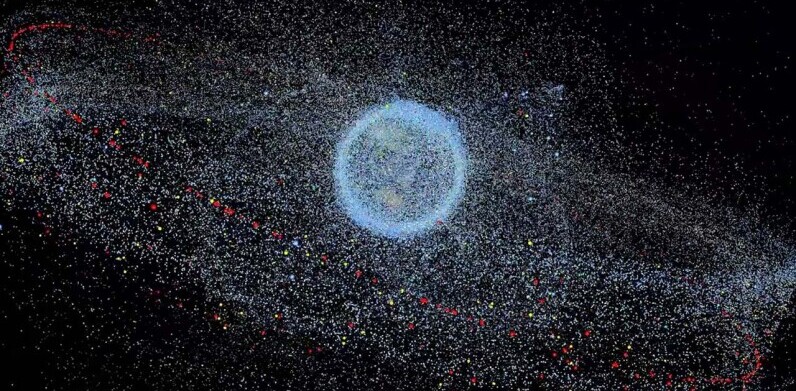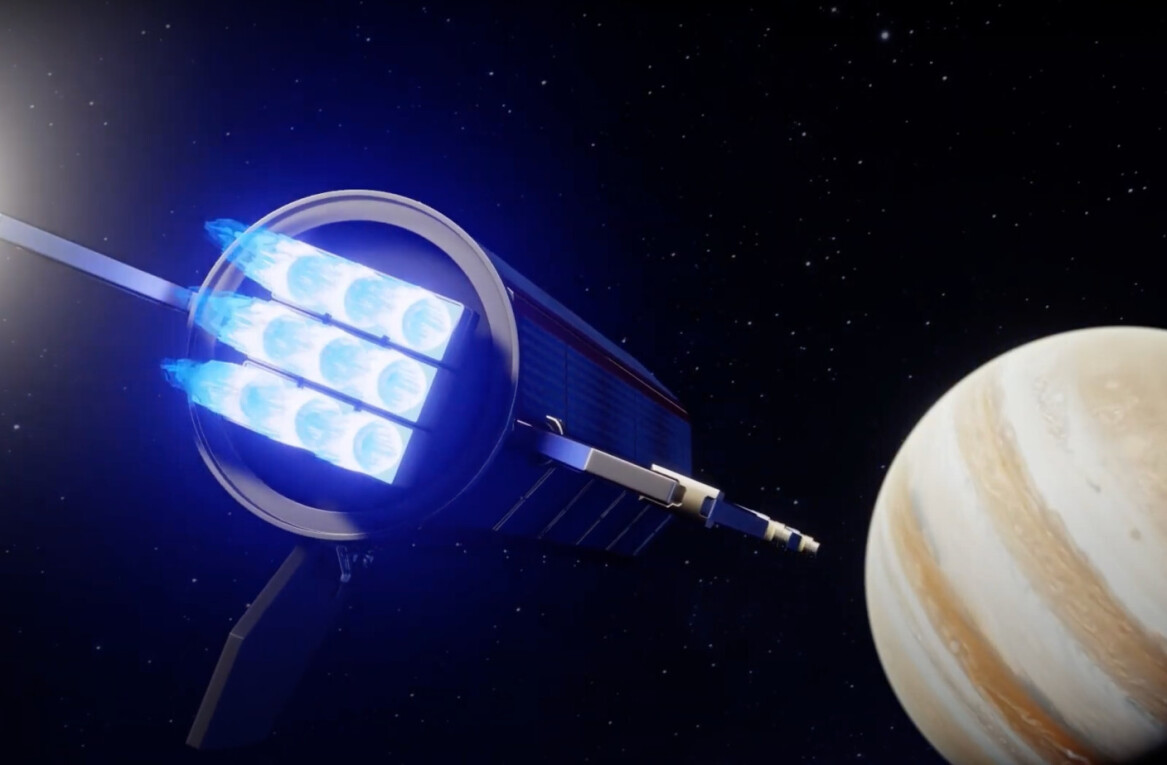
We’ve seen what happens when stars go supernova and suns explode but scientists believe the biggest explosion in the history of our known universe was the result of a black hole with indigestion.
A team of researchers working out of the Naval Research Laboratory in Washington DC recently conducted a detailed study of one our galaxy’s nearby neighbors, a galactic conglomerate called the Ophiuchus cluster.
What’s interesting about this particular cluster is that it has a donut-shaped “crater” in it. When scientists discovered the anomaly in 2016 they initially theorized that the crater could be the result of a projection from a black hole. By this logic, the black hole would have belched out hot gasses that disrupted the center of the cluster, thus causing the crater.

But the original team disregarded this theory because, were it true, it would mean they’d discovered the largest explosion in the history of our known universe yet. Dennis Overby, of the New York Times, wrote that the 2016 team’s lead, Norber Werner, said:
The black hole would had to have swallowed about 270 million solar masses of material to have created such a big blast. The storm could have raged for 100 million years. It takes a long time to digest a small galaxy worth of suns.
Scientists from the Naval Research lab took a second look at the initial data and decided that, even if it seemed far-fetched, the theory was worth pursuing.
The team was lead by radio astronomer Simona Giacintucci. In order to deteremine what caused the ancient space-crater, they took X-ray data and matched it with newly-discovered radio data to see if there was match.
Per the team’s paper:
We found that the Xray structure is, in fact, a giant cavity in the X-ray gas filled with diffuse radio emission with an extraordinarily steep radio spectrum. It thus appears to be a very aged fossil of the most powerful AGN outburst seen in any galaxy cluster (pV ∼ 5 × 1061 erg for this cavity).
There is no apparent diametrically opposite counterpart either in X-ray or in the radio. It may have aged out of the observable radio band because of the cluster asymmetry. At present, the central AGN exhibits only a weak radio source, so it should have been much more powerful in the past to have produced such a bubble.
In other words, the math and images add up: the evidence indicates that the anomaly at the center of the Ophiuchus cluster is indeed the result of a nearby black hole – in this case one located within one of the many galaxies in the cluster – belching out a recent meal. It would probably be accurate to say it burped a hole clean through the center of a cluster of galaxies.
It’s not unusual for black holes to burp.. In fact some of the brightest, most spectacular displays in space are created by such expulsions. But a belch of this magnitude is previously unheard of in all the universe.
The team’s confident that we’re just scraping the surface here, there are almost certainly bigger craters caused by bigger explosions out there waiting for cosmic archaeologists to discover.
After all, the Ophiuchus cluster is a mere 390 million light-years away. As far as the universe is concerned, Earth’s scientists haven’t even left their own driveway yet.
Get the TNW newsletter
Get the most important tech news in your inbox each week.




